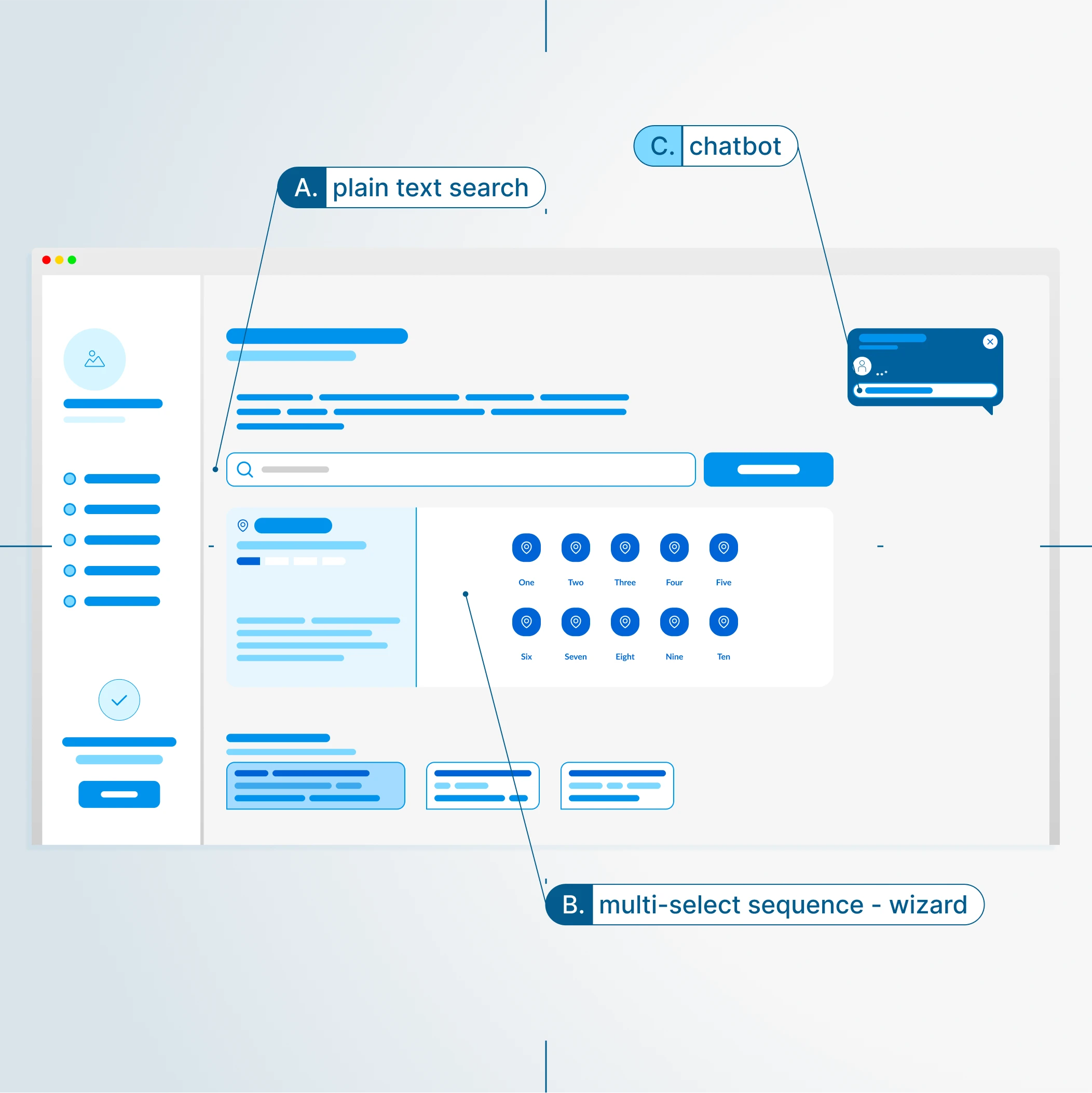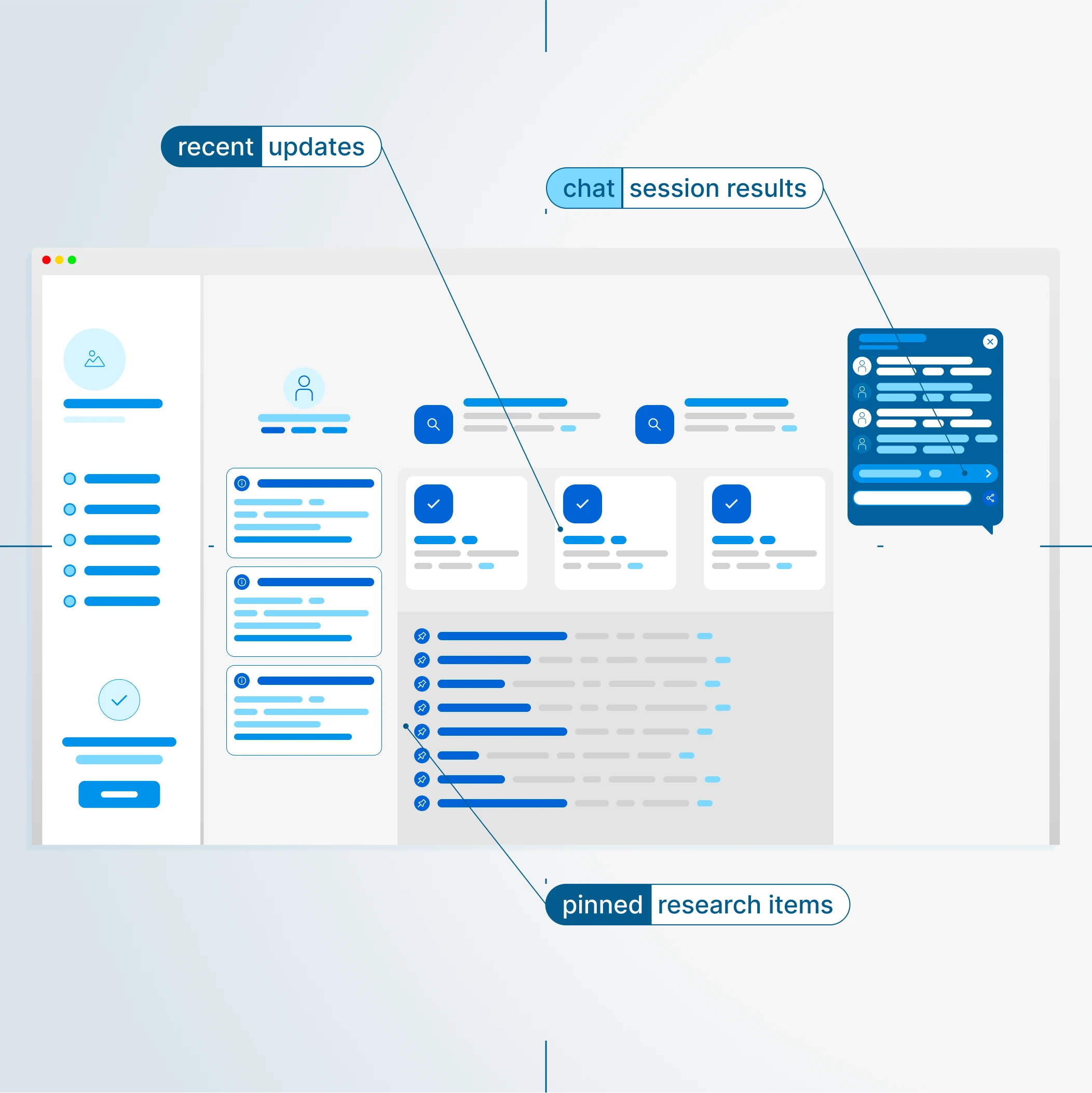-

 User Journeyvalidate, sequence & assign pain levels
User Journeyvalidate, sequence & assign pain levelsValidate search method preferences, required steps, & key variables.
Identify common process deviations and where in research process deviation occurs.
Sequence all steps taken and associated painpoints per user.
-

 Flexible Searchthe moment and criteria to proceed
Flexible Searchthe moment and criteria to proceedReview common collections of steps taken for research goals.
Determine all research subjects and their processes that share a group of steps.
Identify checkpoints within processes that provide a logical fork in the research path.
-

 Organizational Structuresinsight management & documentation
Organizational Structuresinsight management & documentationCollect approaches taken by tax researchers to organize research findings.
Identify team collaboration and client communication requirements within a tax research project.
Determine triggers for returning to previous research findings, documenting updates or adding new insights gained.








